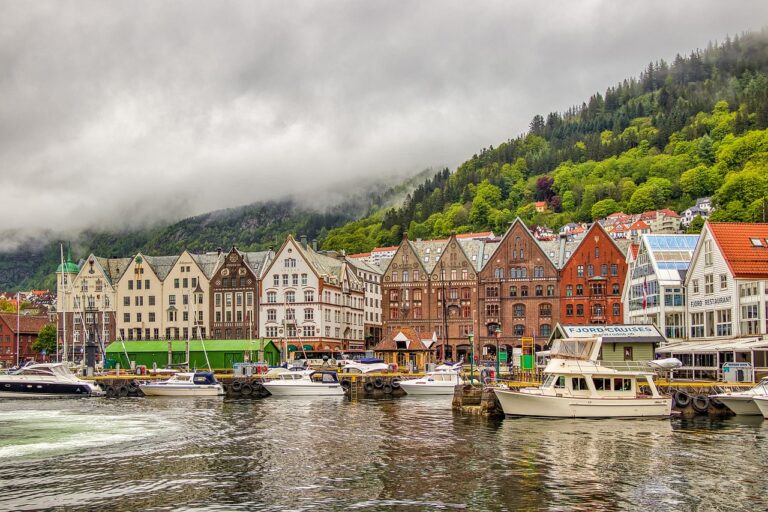Exploring the Rich Tapestry of Indigenous Cuisine: Culinary Adventures Off the Beaten Path
Indigenous culinary traditions are a reflection of centuries-old practices passed down through generations, encapsulating the essence of cultural identity and heritage. These traditional foodways highlight the deep connection between Indigenous communities and the land, sourcing local ingredients and utilizing sustainable farming methods.
From the Andes Mountains of South America to the remote islands of the Pacific, Indigenous communities have cultivated a diverse array of culinary practices that showcase the richness of their cultural heritage. Each dish tells a story, offering a glimpse into the history, beliefs, and values of the people who have preserved these traditions for centuries.
The Importance of Preserving Indigenous Foodways
Preserving indigenous foodways is essential for maintaining cultural identity and heritage. Through traditional culinary practices, communities pass down ancestral knowledge, stories, and values to future generations. These food traditions hold deep significance and serve as a connection to the land, history, and spirituality of indigenous peoples.
Furthermore, preserving indigenous foodways contributes to the promotion of biodiversity and sustainable food production. Many traditional foods are sourced from local ecosystems, promoting a harmonious relationship between humans and nature. By safeguarding these culinary traditions, we are not only preserving cultural diversity but also promoting environmentally conscious practices that benefit both present and future generations.
Why are indigenous culinary traditions important to preserve?
Indigenous culinary traditions are important to preserve because they hold valuable knowledge about sustainable food practices, local ingredients, and cultural heritage.
How can preserving indigenous foodways benefit communities?
Preserving indigenous foodways can benefit communities by promoting food security, supporting local economies, and preserving cultural identities.
How can individuals support the preservation of indigenous culinary traditions?
Individuals can support the preservation of indigenous culinary traditions by learning about and respecting traditional food practices, supporting indigenous-owned food businesses, and advocating for policies that protect indigenous food sovereignty.
What are some examples of indigenous culinary traditions from around the world?
Examples of indigenous culinary traditions from around the world include Native American fry bread, Maori hangi in New Zealand, and Ethiopian injera bread.
How can indigenous foodways contribute to a more sustainable food system?
Indigenous foodways can contribute to a more sustainable food system by promoting the use of locally-grown and seasonal ingredients, reducing food waste, and preserving traditional farming practices that are in harmony with the environment.





